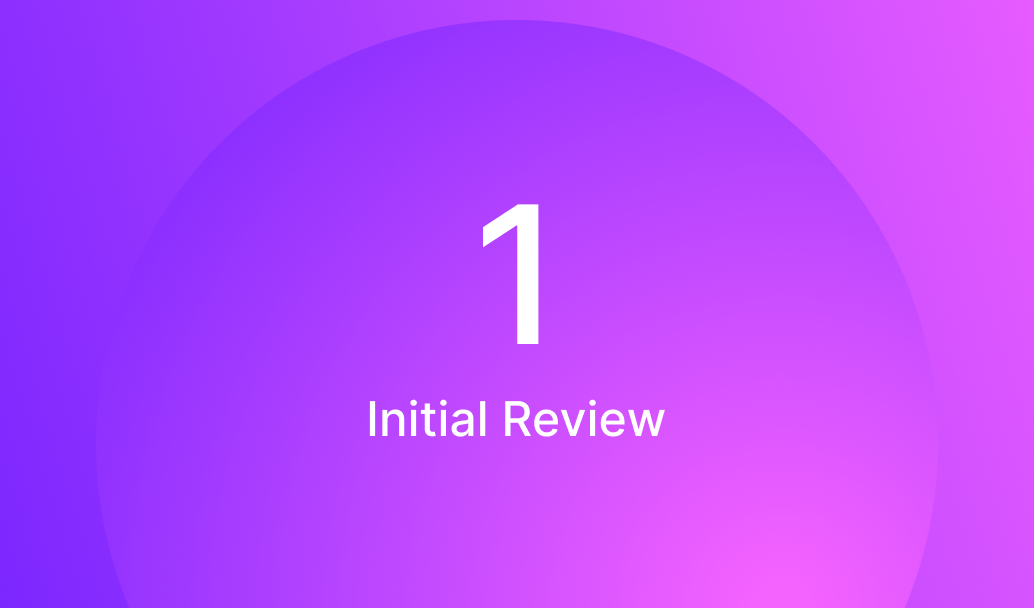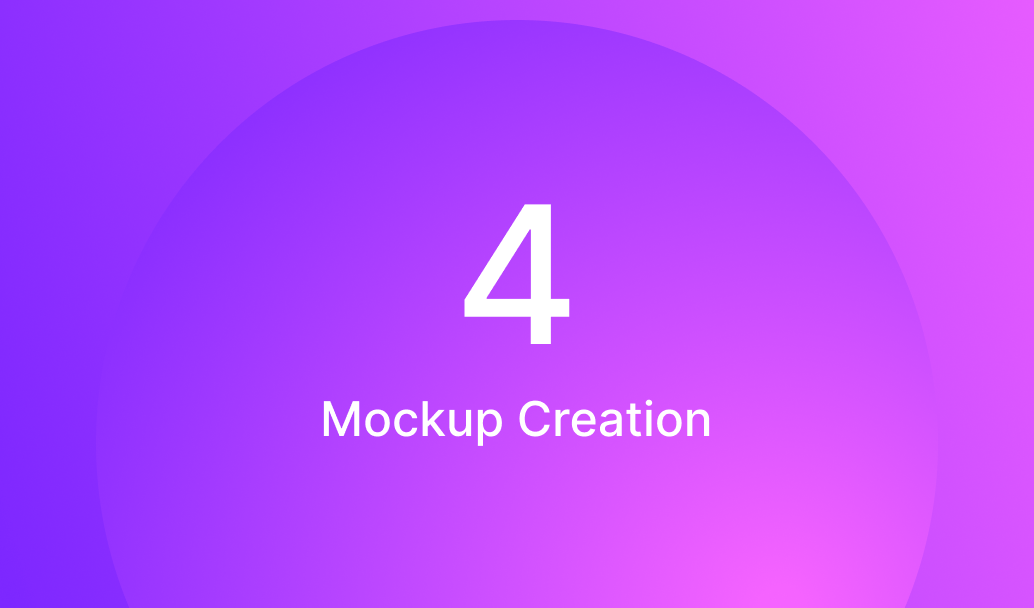HubSpot
Role: Product Designer | Date : Summer & Winter 2016 | Client: Design Lab
Role: Product Designer | Date : Summer & Winter 2016 | Client: Design Lab


HubSpot's homepage needed to better communicate its value propositions to diverse audiences while improving conversion rates. The existing design lacked visual hierarchy and failed to guide users effectively through the product ecosystem, resulting in lower engagement and unclear next steps for potential customers.

Research - Analyzed user behavior through heatmaps and session recordings. Conducted stakeholder interviews to understand business goals and user pain points.

Ideation - Sketched multiple layout variations focusing on information hierarchy and conversion paths. Collaborated with marketing and product teams.

Testing - Ran A/B tests on component variations. Gathered feedback through user testing sessions with 30+ participants across different segments.

Iteration - Refined designs based on data and feedback. Ensured scalability across responsive breakpoints and maintained brand consistency.
Three-Card Value Proposition System
Design Principles

Card Components

Responsive Design System

Data-driven improvements validated through extensive A/B testing

Research - Analyzed user behavior through heatmaps and session recordings. Conducted stakeholder interviews to understand business goals and user pain points.

Ideation - Sketched multiple layout variations focusing on information hierarchy and conversion paths. Collaborated with marketing and product teams.

Testing - Ran A/B tests on component variations. Gathered feedback through user testing sessions with 30+ participants across different segments.

Iteration - Refined designs based on data and feedback. Ensured scalability across responsive breakpoints and maintained brand consistency.
Data-Informed Iteration: Running continuous A/B tests revealed that even small changes in CTA placement could significantly impact conversion rates.
Balancing Stakeholders: Aligning marketing, product, and engineering teams early in the process prevented scope creep and ensured smooth implementation.
Responsive Complexity: Designing for mobile-first required rethinking information hierarchy, as what works on desktop doesn't always translate effectively to smaller screens.
Performance Matters: Visual richness must be balanced with page load performance—optimizing images and animations was crucial to maintaining engagement.